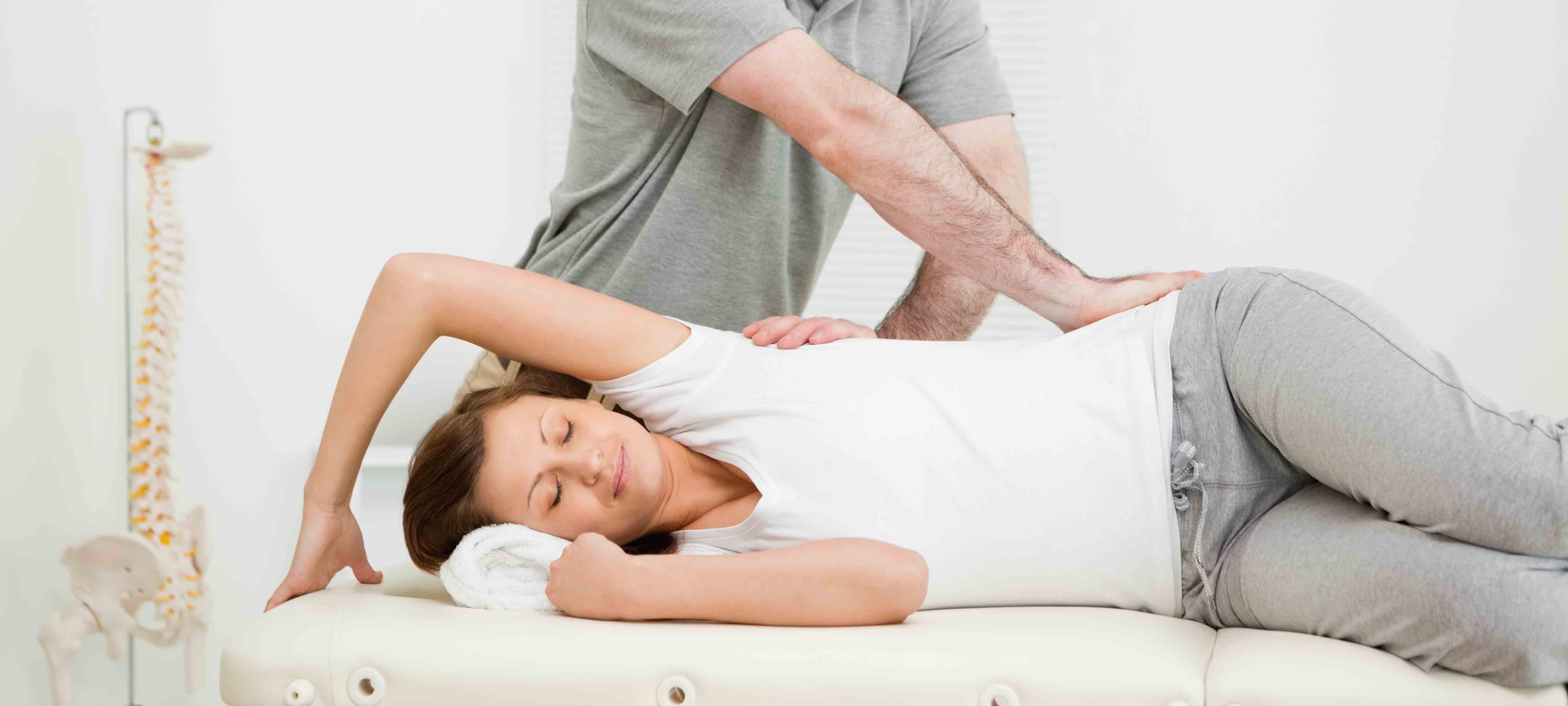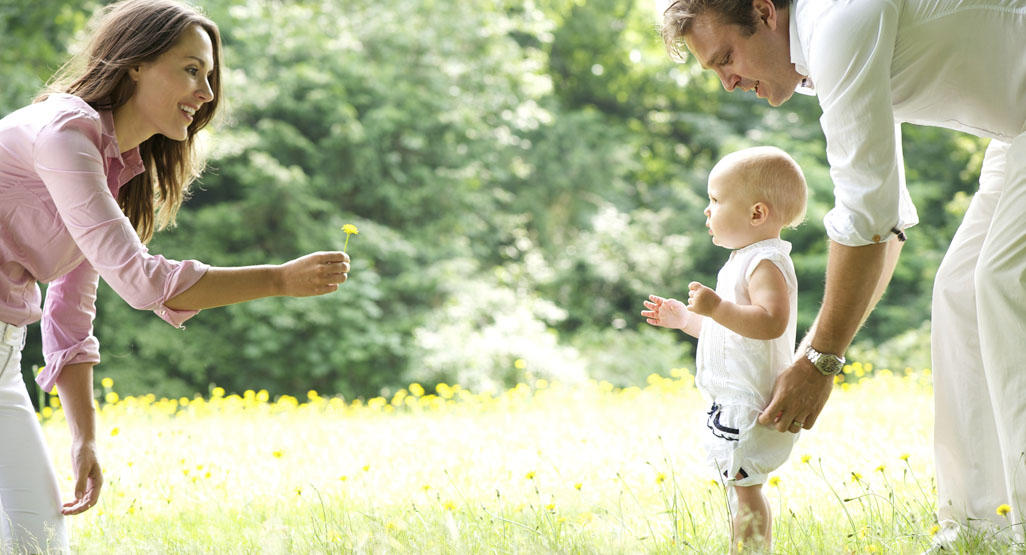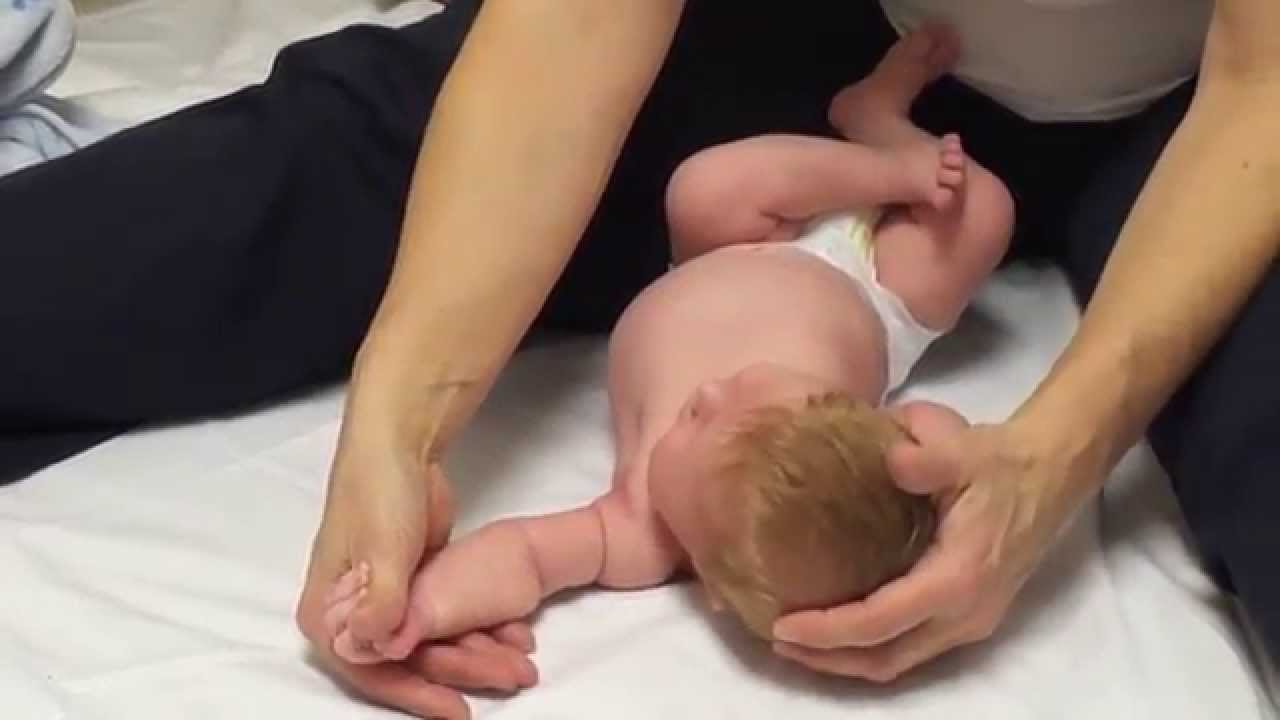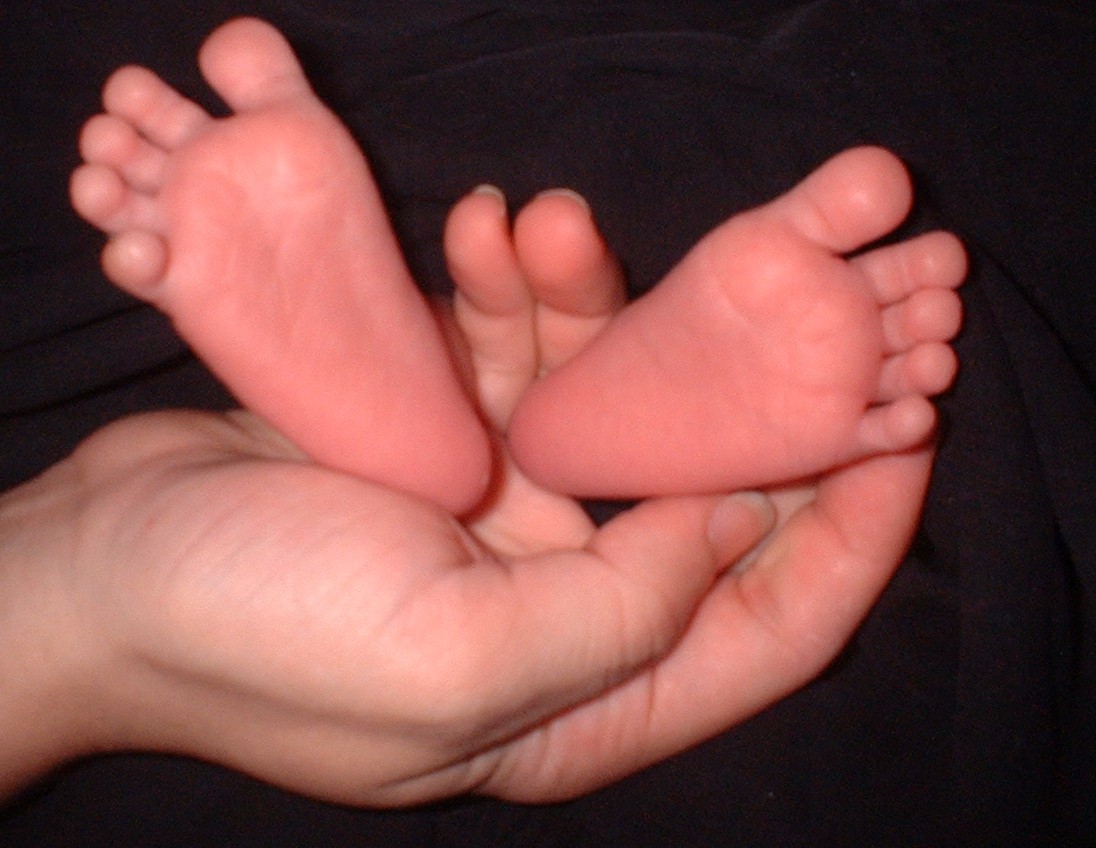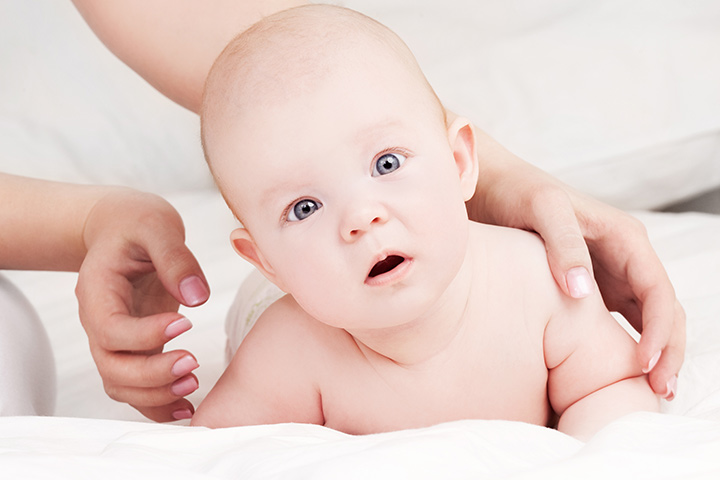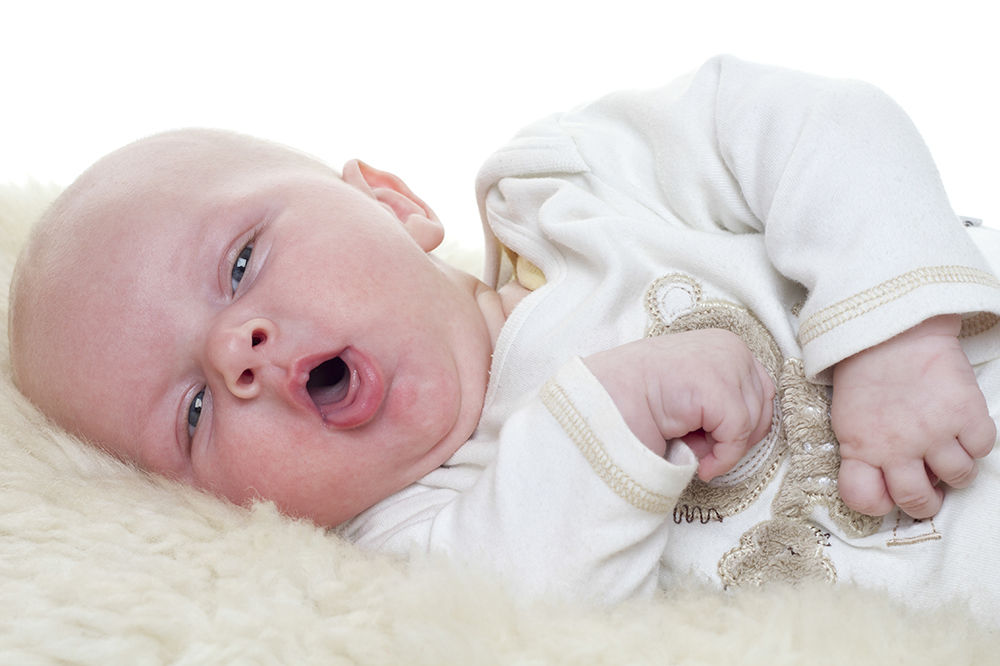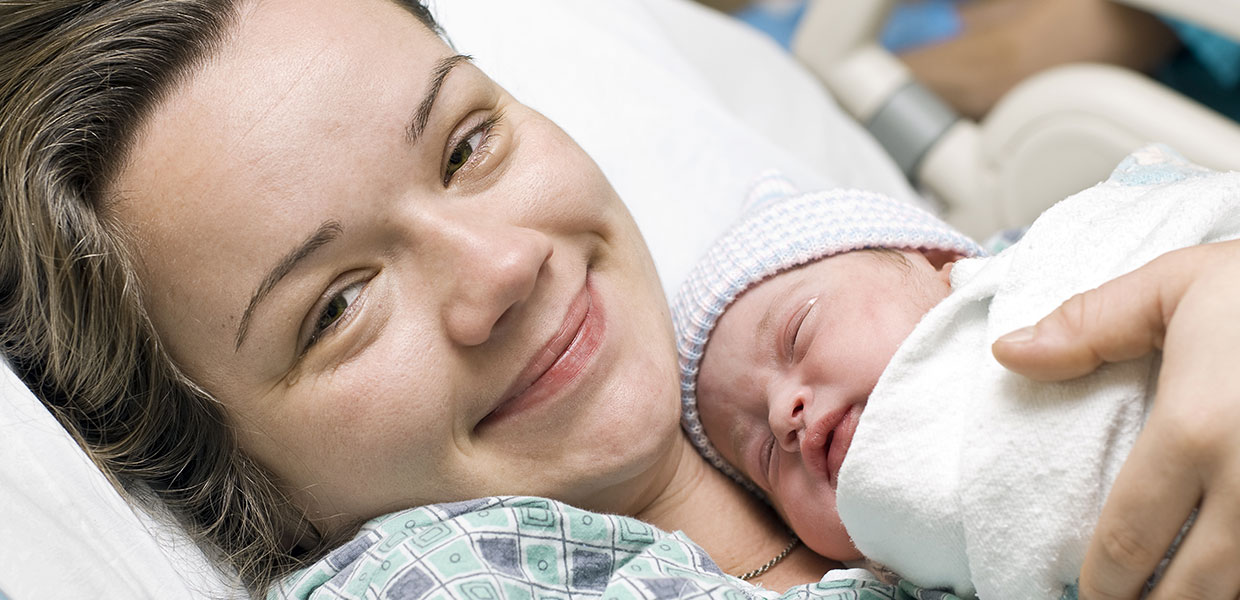This article explains how physiotherapy can help and the different techniques used. Read more
Women’s Health treatment & Women’s Health assessment : The secret to relieve your pelvic pain, incontinence & back pain
Women and mothers are affected by a number of different health issues particular to them, and their needs and treatment are therefore quite different to those of men. Many women don’t realise that their issues aren’t unique to them and that several other women suffer from the same conditions. Studies have shown that there is also a tendency for women’s pain to be taken less seriously. As a result, they feel embarrassed to talk about their issues and don’t seek treatment that could easily solve their symptoms.
I’m concerned that our 16 month old baby isn’t walking yet. What are the main reasons behind late walking? How should we address it?
Article written by Baby Physio for Smallish Magazine
Child development follows a milestones chart which helps us to follow the evolution and to spot if the child has any delay. But this chart shows us the development steps of an average child. It is then important to tell parents that not all children develop at the same pace and that depending on his environment a child could develop his movement faster or slower than the average.
Read more
Chest physiotherapy, the safe, gentle alternative
Every winter, thousands of babies and infants suffer from bronchiolitis. It starts with a simple cough and runny nose and might go unnoticed as such. Read more
Guide To Recognise Baby Feet Deformation
Baby Feet Deformities, How to recognise if my baby needs a physiotherapy treatment to realine his feet?
Depending on the position of your baby during your pregnancy, certain deformities can appear on his feet and delay his walking and his balance. It is then important to
detect these issues at an early stage and treat them as soon as possible. As your child grows older, it will be more difficult to correct these deformities which will affect the child’s quality of life.
So an early diagnostic through assessment is primordial.
How do I know if my baby has feet deformities?
We have listed below the 3 most common baby feet deformities and feet conditions for you to be able to recognise these issues
Baby In-toeing foot
My baby has is foot turning inward!
It occurs in approximately one out of 1,000 and may increase the risk of developing hip dysplasia.
How to recognise it:
- Heel deviates laterally
- Sole deviates medially (Kidney shaped)
- Both feet are inverted (facing each other)
- One foot is turning inward most of the time when the other on stay straight
- Foot easily dorsiflexed
If your baby presents these signs, we would advise you to have an assessment with our paediatric physiotherapist or with your paediatrician to detect this condition at an early stage and start the realignment of your baby foot or feet.
Baby Out toeing foot
My baby has is foot turning Outward!
- Most common neonatal baby foot deformity
- More common in females
- Easy to diagnose shortly after birth
How to recognise it:
- Foot has up and out appearance
- Toes can touch anterior tibia
- Limited plantar flexion (less than 90 degrees)
- Soles have banana shape
- Feet are facing away from each other
Clubfoot
It occurs in one to two per 1,000 births
How to recognise it:
- Heel points downward while the front half of the foot turns inward
- Soles face each other
- Inability to dorsiflex
- Very tight heel cord
- Leg internal rotation
If you are worried or suspect your child might suffer from a foot deformity, you can contact one of our paediatric physiotherapists to assess your baby’s feet and start a rehabilitation program.
If you are still not sure if your baby needs treatment, Baby Physio now offers a “ Complete Baby Check-Up” where one of our specially trained chartered physiotherapists will check your baby from head to toe.
Call us now on 02071250262 or email us here for more information
Guide To Recognise Baby Stiff Neck
Baby Stiff neck and Baby Torticollis
About 1 in 250 infants are born with torticollis. Boys and girls are equally likely to develop a head tilt. It can be present at birth or take up to 3 months to develop. Read more
Guide to recognise Baby Neuromotor Delays
For the untrained eye, there might be signs that your child has some developmental delay, which remains unseen at an early age.
If the issue is still on going as the child grows older, it will get more difficult to treat and will affect the child’s quality of life. Read more
So your baby has a cold… What to do next
It is not uncommon for babies to catch a cold. It causes crying, tiredness, blocked nose, lack of appetite, sleepless nights, . It can last up to 2 weeks and will usually clear up by then. But here’s what to do to help your baby and ensure a speedy recovery. Read more
Post natal osteopathy assessment for mother and baby
A full assessment is recommended after birth especially if labour was very long or very short, if the delivery was made using ventouse, forceps or caesarean section. Read more
Traveling with children…
Flying with baby can be very stressful especially long haul flight.
But there are a few things you can do to make sure your holidays go smoothly right from the start. Read more



